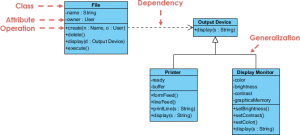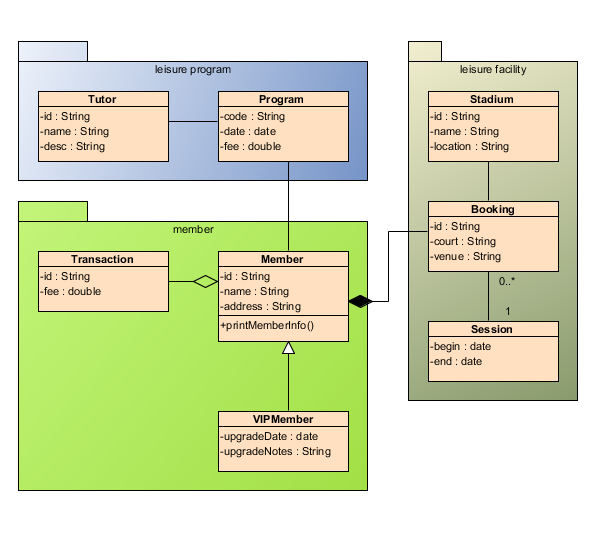


The first step in presenting project information is to create a class diagram that displays what you want to show. You can use class diagrams to customize, share, and present project information with others. These projects might have been created by other developers, or you just need a refresher on a project you created yourself.

Class diagram workflowĬlass diagrams can help you understand the class structure of projects.
Visual paradigm tutorial class diagram code#
Likewise, the diagram does not display changes to the code of the external entity until you rebuild the project for that entity. If your project contains a class diagram and your project references a type that's located in another project, the class diagram does not show the referenced type until you build the project for that type. Similarly, the class diagram is kept in sync with changes you make to code files. This means that you can edit types in the designer and then see your edits reflected in the source code of the entity. The visualization of these entities is a dynamic view into the code. Refactor: Override methods, rename identifiers, refactor parameters, and implement interfaces and abstract classes.Ĭlass diagrams show the details of types, for example, their constituent members, and the relationships between them. Save your diagram to use later for demonstration or documentation. Customize your diagram so that you can focus on the project details that you care about the most. Visualize: Understand your project's structure by viewing the classes in your project on a diagram. Add new elements and delete unwanted ones. What you can do with class diagramsĭesign: Edit your project's code by editing the class diagram.


 0 kommentar(er)
0 kommentar(er)
